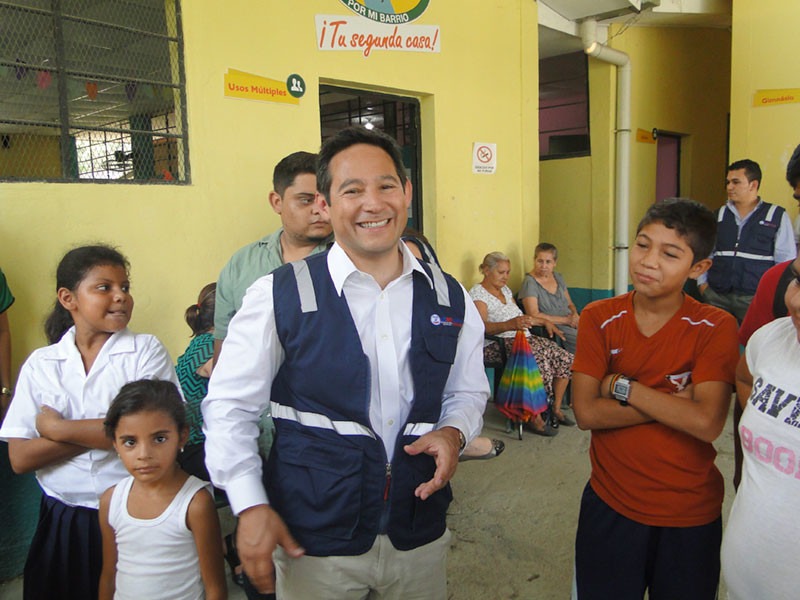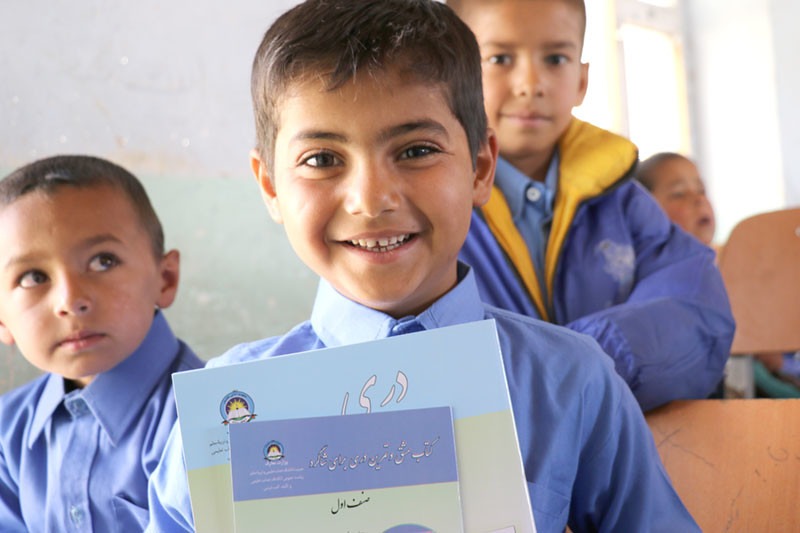
When we launched “Think Creative” as part of our 40th anniversary in 2017, some people may have seen it as a one-year campaign slogan.
For many of us, including myself, “Think Creative” is a subtle reminder of the people who make up the company and the way they pull together to solve vexing problems.
That is to be expected. Just look at Creative’s origins.
A little more than 40 years ago, four women decided that U.S. government contracting should not be a business reserved for men. Their ideas for confronting and resolving pressing issues of the day like education were just as good—indeed, much better—than those of established organizations. Today, after work in nearly 100 countries addressing a range of development challenges, that has been proven.
Founder Charito Kruvant, who stepped down in 2017 as CEO, instilled in all of us the ideals of considering different perspectives, being passionate about our work and (of course) thinking creatively.
It is not about exploring alternate approaches for the sake of being different. Instead, it is taking a 360-degree approach that takes in both old and new ideas for the benefit of the people we serve.
Think Creative is in our programming.
At the height of the devastating Boko Haram attacks in Nigeria, more than 2.5 million people—including more than 1 million school-aged children—were displaced by the terrorists.
To respond to the crisis and its atrocities, our team thought creatively and developed a plan to roll out non-formal learning centers, train dedicated community members to be loving, caring classroom instructors and rely on local organizations to manage the locations.
The results: This idea became USAID’s Education Crisis Response program that reached more than 80,000 displaced students with critical social emotional support, basic education and more. Equally important, the model has been adopted by communities and state officials for their independent use, allowing them to reach even more displaced and out-of-school children and youth.
So impressed with the project, USAID named it as one of 10 winners of the prestigious, third-annual 2017 Collaborating, Learning and Adapting Case Competition.
Think Creative is in our innovation process.
Providing quality education in Afghanistan is a challenge even in the best of circumstances. One herculean task is the delivery of new textbooks, teacher guides and assessment materials to schools. Unfortunately, inefficient systems, corruption, an ongoing war and other factors mean too many students never receive the basic materials needed for a modern education.
Creative’s Development Lab stepped in with a relatively simple solution called “Track and Trace” that identifies and resolves distribution system gaps. Using a blend of mobile application-based and Short Message Service (SMS or text message) data collection systems, drivers, delivery teams and educators use the application to confirm the location and delivery of materials at each step of the way—from the warehouse to the hands of the student.
In 2017, the track and trace technology system was launched in 293 schools and Community-Based Education Centers as part of USAID’s Afghan Children Read project. In the launch phase, 139,284 student textbooks, activity books, teacher guides and continuous assessment books were delivered in Herat and Kabul provinces.
The results: 100 percent of the books made it to the students. Items that were damaged were returned and replaced.

It is in our outreach.
Recently, we launched a three-times-a-year magazine called Think Creative. While organizations are cutting print products, we found that our audiences—from staff members to clients—wanted a magazine. Yes, it also lives online, which greatly expands its distribution. Yes, there is a cost associated with printing and distribution, which is something you will have with any communications product.
From seeing dogged-eared copies on people’s coffee tables to conversation points during client meetings, Think Creative the magazine is a hit.
At the stroke of midnight on April 25, when a new day starts and Creative turns 41 years old, we will continue to Think Creative.
